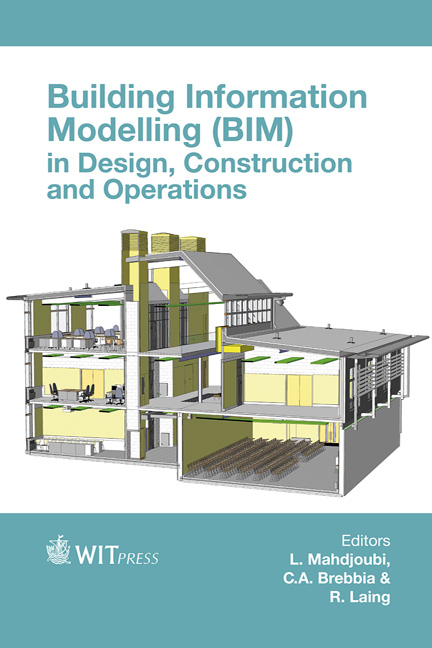Identification And Analysis Of UK And US BIM Standards To Aid Collaboration
Price
Free (open access)
Transaction
Volume
149
Pages
12
Page Range
505 - 516
Published
2015
Size
392 kb
Paper DOI
10.2495/BIM150411
Copyright
WIT Press
Author(s)
G. Lea, A. Ganah, J. Goulding, N. Ainsworth
Abstract
The UK government’s ambitious plans to meet Building Information Modelling (BIM) Maturity Level 2 by 2016 places significant pressure on construction companies to ensure their existing BIM capability meets the mandated requirements. This poses a significant challenge to organisations, as BIM requires a radical repositioning in the way buildings are designed and managed, with collaboration playing a pivotal role in this process. For example, many construction companies still use traditional 2D CAD files, bespoke data, and drawing standards that are company-specific (and often non-compliant). These types of ‘bad habits’ and parochial standards are difficult to share or replicate. Conversely however, there is a real opportunity for companies to proactively embrace this transition to BIM through a number of conduits, not least: the installation of industry standard best practices; embedding improved collaborative approaches; improving data veracity, flow and coordination throughout the design, construction and operational phases. This research aims to identify and analyse UK and US BIM standards, along with their inter-relationships to promote best practice. Research data was collated through a comprehensive literature review of UK and US standards and collaboration publications ensuing 2007. Initial findings suggest that UK standards have been strategically developed in conjunction with one another, whereas US standards appear non-cognate and developed in isolation. Further research is required to critically compare and contrast the content of UK and US standards, along with initiatives published by other countries to develop a holistic UK BIM standards roadmap.
Keywords
BIM, adoption, ICT, collaboration, construction, design, standards





